Ralph Waldo Emerson once observed that "the seed of science" was "wonder," and taking a look at this nine-layer liquid tower from Steve Spangler's Sick Science! channel, one can't help but do just that — wonder. How is this possible? Is this magic or what?
While it's not exactly magic, the explanation (or secret) behind the tower can certainly be described as a neat trick, and it's all due to science — specifically, the principle of density. Different densities make it possible for the liquids to take up residence in their own part of the tower. Ta-da!
Density = Mass / Volume
This density equation explains everything. As said, the different densities of the liquids keep them in their own layer. No two are the same. Some are denser, or heavier, than others, and when added in the proper order, they simply stay put. The liquids that are higher in the tower aren't dense enough to push their way into the layer below, resulting in this:

The key to this home experiment is that each liquid has the same volume. With this part of the equation constant, the only variable is mass. The mass, or weight, of the liquids therefore control their density and resultant position in the tower, with honey the most dense (found at the bottom) and lamp oil the least (the top). This same principle will apply to the objects dropped into the tower for the final(e) step. Their density will determine which layer they can make it to before floating.
Tower Materials
Before assembly can begin, the first step is to gather your materials. As said, many of the items can be found in the kitchen. Others, like the game-board die, can likely be found around the house, too, so take a look around. To start, you'll need the following nine liquids:
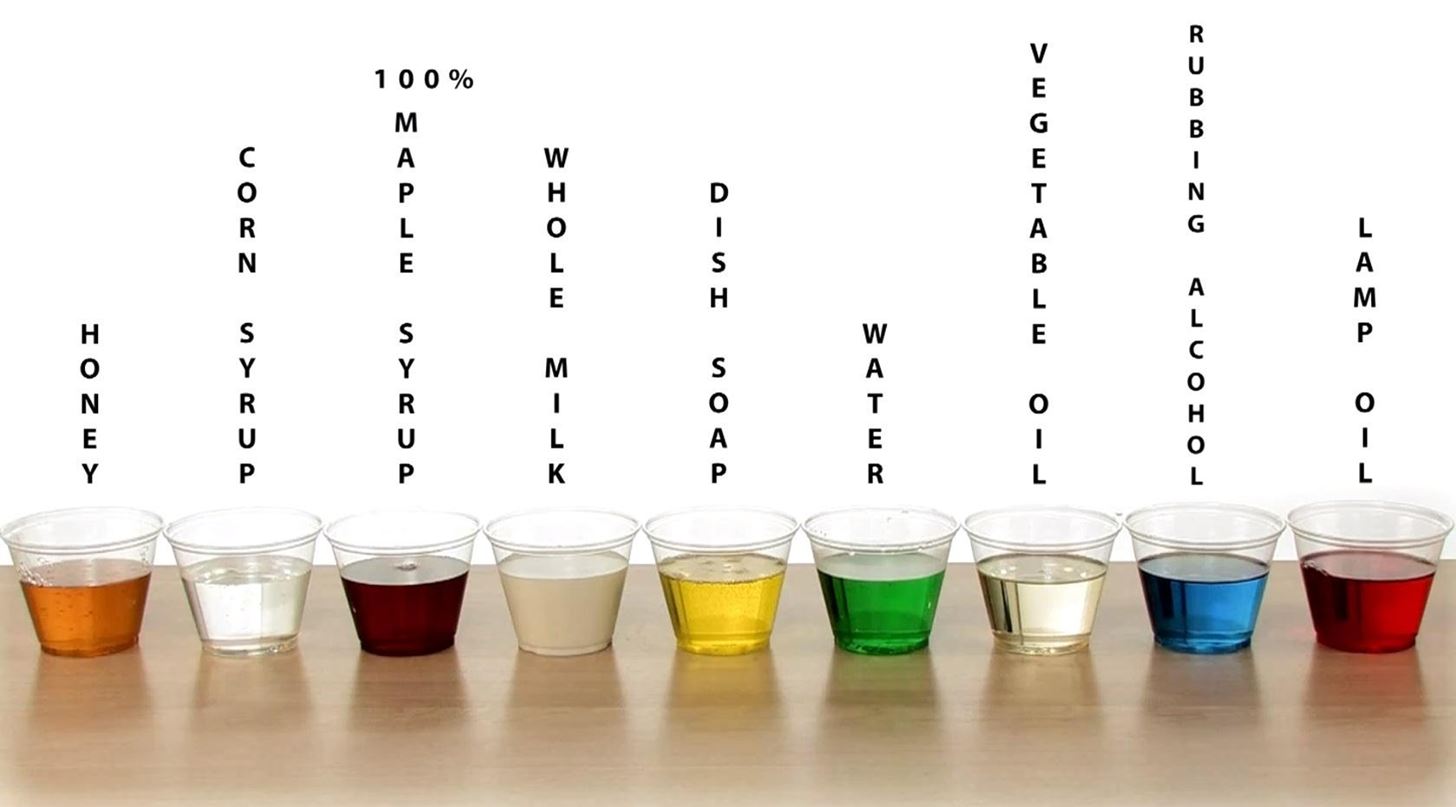
Also, one clear container/vase (1 qt.) that will be the tower, nine plastic cups (4 oz.), a turkey baster, and food coloring (to add contrasting colors to the water and rubbing alcohol). Finally, the tiny objects that will be dropped into the finished tower are:
Assembling the Tower
Now that you've gathered your materials, it's time to start putting the tower together. To stay organized and ensure the liquids are poured in the correct order, it's a good idea to arrange the cups in the sequence they will be added, from densest to lightest:
Now begin pouring. For the first three layers, simply pour them into the container from the cups; don't let the liquids touch the container's sides and go very slowly.

For layers four and five, the whole milk and dish soap, use the turkey baster and again, go slowly and make sure the liquids are added to the center.

For the last layers, beginning with water, use the turkey baster to pour the liquids down the side of the container and let them collect into a layer of their own.


Sink or Float
Once the last layer of lamp oil is added, your nine-layer tower is complete, and man, does it looks amazing! To add one more "wow" factor, Sick Science! also introduces objects, carefully dropping in seven tiny ones to further demonstrate the principle of density as well as the sink-or-float concept.


The metal bolt has a density greater than any of the layers, so it will find its way to the bottom. The Ping-Pong ball meanwhile is lighter than even lamp oil, thus has no trouble staying afloat at the very top.

One More Note on Density
Consider the tower's sixth layer of water and ice cubes. Ever wonder why ice can float, simply by being frozen into a solid state? The reason is found in the new density of the ice cubes. Here, let's let the US Geological Survey explain it:
Ice actually has a very different structure than liquid water, in that the molecules align themselves in a regular lattice rather than more randomly as in the liquid form. It happens that the lattice arrangement allows water molecules to be more spread out than in a liquid, and, thus, ice is less dense than water.
Water's density is 1.0 g/cubic centimeter. Ice, however, thanks to the science broken down above, has a density of 0.92 (exactly, 0.9167). So say we somehow in our lifetime never saw ice cubes in water. Based on what we just learned from the density tower experiment, we would be able to deduce that ice cubes would float in water. And indeed they do. With your new density tower, test out other objects you might wonder about, from a penny to a quarter to a thumbtack. Have fun!
Check out Spangler's Sick Science! video below to see the full science experiment, and once you've got this whole thing mastered, you can start applying it to other areas of your life, like layered cocktails.
If you want to try a simpler version of this layered density tower, just use golden syrup, dish soap, water, alcohol, and vegetable oil.
Just updated your iPhone? You'll find new emoji, enhanced security, podcast transcripts, Apple Cash virtual numbers, and other useful features. There are even new additions hidden within Safari. Find out what's new and changed on your iPhone with the iOS 17.4 update.
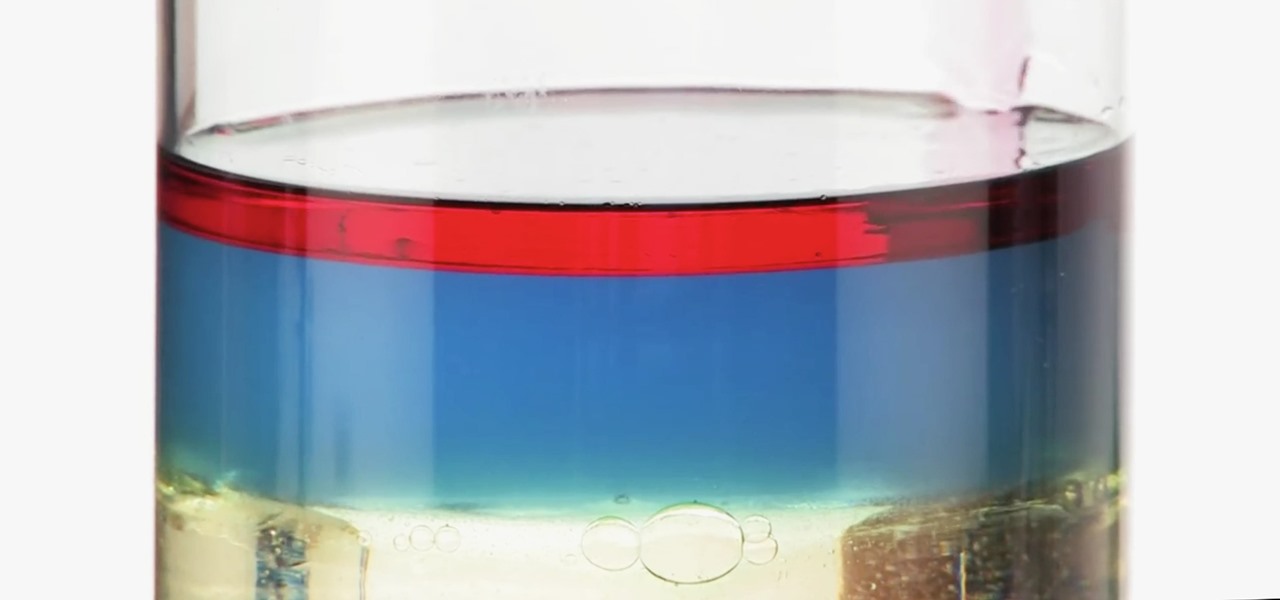


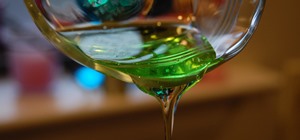
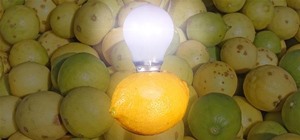
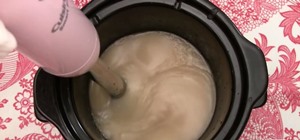
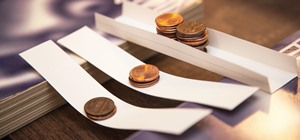
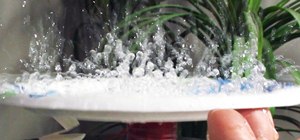
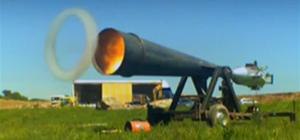
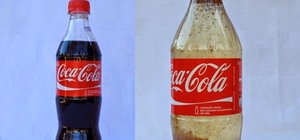
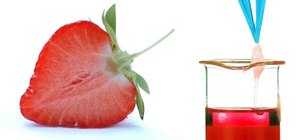
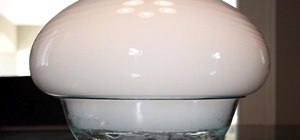
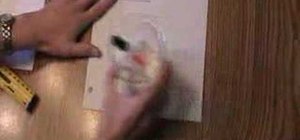
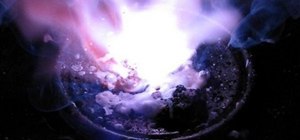
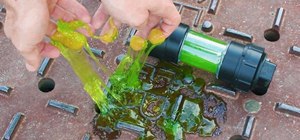
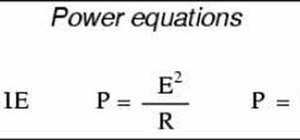
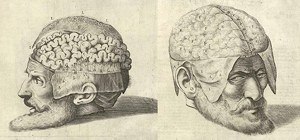
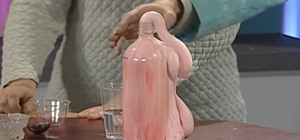
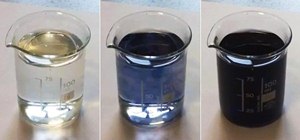
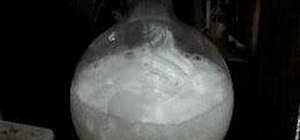
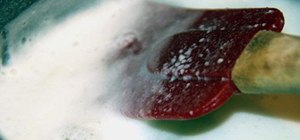
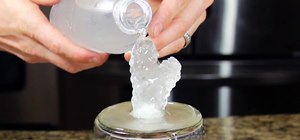
1 Comment
way cool and creepy because I'm sure this all goes into our water supply.
Share Your Thoughts